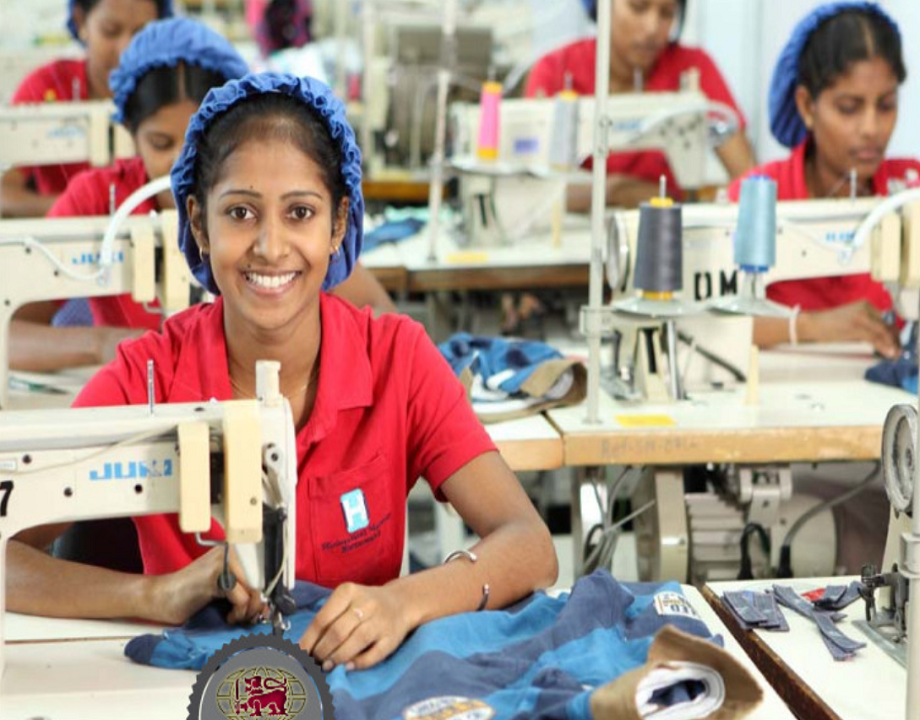The fashion industry is one of the largest contributors to environmental pollution, and textile production is one of the biggest culprits. Sustainability in the fashion industry involves reducing the negative impact of production processes on the environment and ensuring the longevity of resources.
Importance of Sustainability in the Fashion Industry
The fashion industry is responsible for a significant amount of environmental pollution. It is the second-largest water polluter in the world, and the production of textiles generates greenhouse gas emissions equivalent to those of all international flights and maritime shipping combined. Sustainable practices in the fashion industry can reduce the negative impact on the environment, preserve resources, and contribute to a healthier planet.
Sustainability Issues in Textile Production
Water Usage
The production of textiles requires large amounts of water. For example, it takes 2,700 liters of water to produce one cotton shirt. This high water usage has led to water scarcity in many textile-producing regions, leading to negative impacts on local communities and ecosystems.
Chemical Pollution
Textile production involves the use of a wide range of chemicals, including pesticides, herbicides, and dyes. These chemicals can have harmful effects on the environment, including air and water pollution, soil degradation, and damage to human health.
Energy Usage
The production of textiles requires a significant amount of energy. Most of the energy used in textile production comes from non-renewable sources, such as coal and natural gas. This contributes to greenhouse gas emissions and climate change.
Waste Management
The textile industry generates a significant amount of waste, including fabric scraps, packaging, and discarded garments. This waste often ends up in landfills, where it contributes to environmental pollution.
Sustainable Textile Production Solutions
Alternative Fibers
One solution to the negative environmental impact of textile production is the use of alternative fibers. These fibers include organic cotton, bamboo, and hemp. They require less water and pesticides to grow, reducing the negative impact on the environment.
Sustainable Production Processes
Sustainable production processes involve reducing the use of harmful chemicals and energy-intensive processes in textile production. One example of sustainable production is using natural dyeing processes instead of synthetic dyes. Natural dyes are made from plants and are biodegradable, making them a more sustainable option. Additionally, some manufacturers are investing in renewable energy sources such as wind or solar power to reduce their carbon footprint.
Recycling and Upcycling
Another solution is the recycling and upcycling of materials. Recycling involves taking discarded materials and turning them into new products, while upcycling involves taking waste materials and transforming them into something of higher value. In the textile industry, this can involve using recycled polyester, made from recycled plastic bottles, or upcycling old clothing into new garments.
Conclusion
Sustainability is a crucial issue for the fashion industry, and textile production is a significant contributor to environmental pollution. By addressing sustainability issues in textile production and implementing sustainable solutions, the fashion industry can reduce its negative impact on the environment and preserve resources for future generations. As a fashion company, Crossline Apparel Group is committed to sustainable practices, and we believe that sustainability should be a top priority for the fashion industry moving forward.

